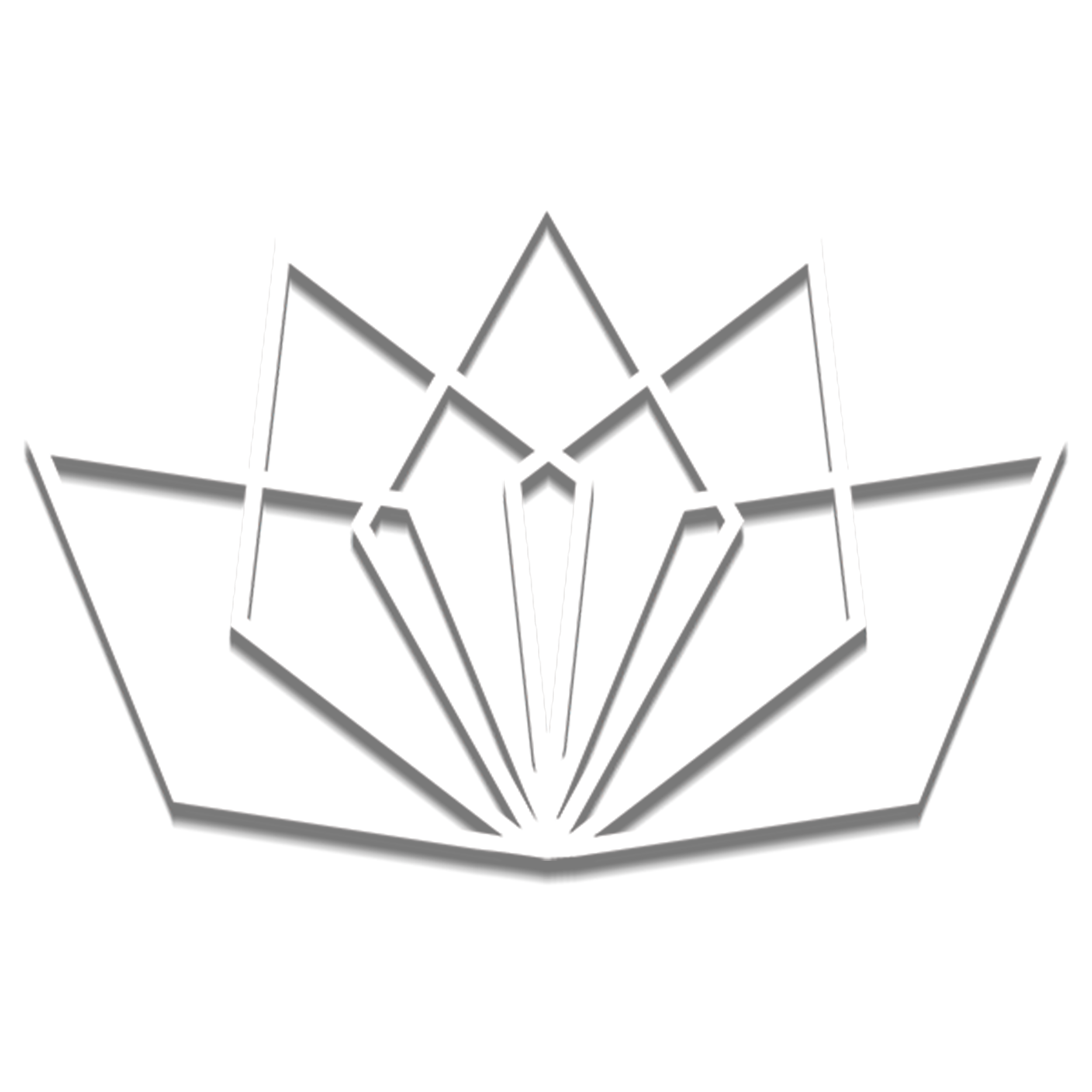Going Beyond Identity and Sexuality Norms
When referring to an individual’s sexuality, many simply use the terms “straight” or “gay.” However, when it comes to sexual preference and identity, these labels are limiting. As my pseudonym indicates, I identify as bisexual. I am a femme who’s attracted to both sexes, but I am married to a man. People usually assume I am straight unless I mention my attraction to women.
Not everyone understands or accepts the LGBTQ community. It can be difficult for some to fully grasp and embrace what’s been deemed “abnormal” by society for so many years. But, in fact, several of the most well-known entertainers identify themselves as LGBTQ. The list includes Samira Wiley, Lee Daniels, Katy Perry, Jussie Smollett, Ellen DeGeneres, Frank Ocean, Laverne Cox, and Caitlyn Jenner (to name a few). To gain a better understanding of what LGBTQ stands for, I’ve compiled a list of a few terms that are used to identify members.
(L)esbian
The term lesbian refers to women who are attracted other women. Its origins derived from the 6th century poet Sappho who was from the Greek island of Lesbos. Mirroring the rise of second wave feminism, Lesbian activists created a separate liberation movement in the early 1970s.
(G)ay
The word can be used as an umbrella term in reference to men and women who are primarily attracted to members of their own gender. Lesbian also falls under this term.
(B)isexual
Bisexual or Bi refers to an individual who is attracted to members of their own gender and the opposite gender. Those who identify as bisexual may be in homosexual or heterosexual relationships. Or they may not take part in relationships at all. The identity doesn’t change based their current partnerships lack of partnerships.
(T)ransgender
They are all individuals who do not identify with their assigned gender. Transsexuals, drag queens and kings, cross dressers, and others fall into this category. There are some individuals who feel they do no belong to either gender, but instead they are in-between or outside of both.
(Q)uestioning
People who are questioning are individuals who are in the exploration stage. They are in the process of learning their own gender identity and sexual orientation.
Other terms relative to the LGBTQ community include:
Pansexual
They are people who love based on personality. Gender does not typically matter to them. Pansexuals, differing from bisexuals, are not bound to the gender binary.
Bigender
Bigenders are those who identify with both genders and flip between traditional male or female behaviors. Sometimes bigenders own two distinct gendered personalities. The amount of times that bigenders can switch their identities is unlimited.
Bicurious
This term is similar to “questioning” and refers to those who are curious about exploring sexual relationships that are not normative to them. Whether people identify as being attracted to members of their own gender or a different gender, they may be intrigued to have intercourse with the opposite of their usual sexual preference.
Non-Binary
Non-Binaries are outside of the binary gender code. They may identify as both genders or neither.
Society often rejects the unfamiliar. Instead of judging those who love differently, take some time out to understand them. Ask questions, if necessary, and do some research. There are plenty of terms besides the ones I’ve mentioned above. We all have the right to love who we want and be who we want. No one should have to hide their identity due to a fear of acceptance. While we don’t need to agree with everyone’s decisions, we all deserve respect.

